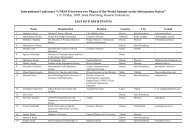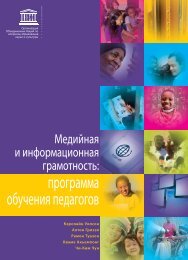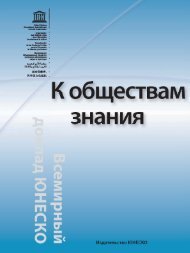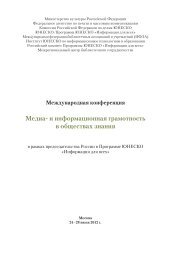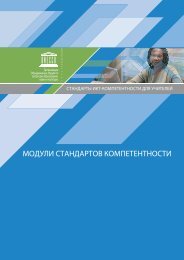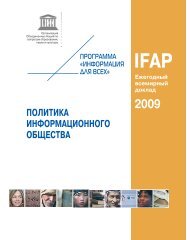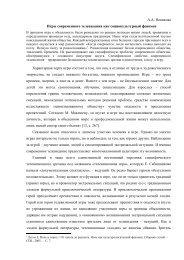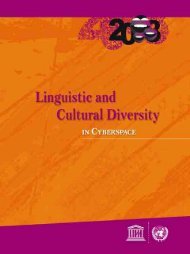Download - РоÑÑийÑкий комиÑÐµÑ ÐÑогÑÐ°Ð¼Ð¼Ñ Ð®ÐÐСÐÐ ...
Download - РоÑÑийÑкий комиÑÐµÑ ÐÑогÑÐ°Ð¼Ð¼Ñ Ð®ÐÐСÐÐ ...
Download - РоÑÑийÑкий комиÑÐµÑ ÐÑогÑÐ°Ð¼Ð¼Ñ Ð®ÐÐСÐÐ ...
You also want an ePaper? Increase the reach of your titles
YUMPU automatically turns print PDFs into web optimized ePapers that Google loves.
Our efforts to create a speech database for the Buryat language are being made<br />
with due account for its regional varietals. Most of Russia’s Buryat speakers<br />
live in the Republic of Buryatia, the Trans-Baikal region (the Aginskoye area),<br />
and in the Irkutsk Region’s Ust-Ordynsky area; there are also large Buryat<br />
communities in Mongolia (specifically in the Dornod, Khentii, Selenge, and<br />
Khovsgol provinces, known locally as “aimags”) as well as in northeastern<br />
China (Hulunbuir, in the Inner Mongolia Autonomy). The Buryat ethnicity’s<br />
spread across vast territories in three countries, as well as its lack of<br />
homogeneity, has resulted in the language’s broad dialectal variation of every<br />
level: segmental, suprasegmental, morphological, and lexical.<br />
The project’s ambition is to preserve the distinctive regional features of the<br />
Buryat language, designing strategies for the creation of oral speech databases,<br />
and systematizing and putting into circulation the accumulated audio content.<br />
Samples of Buryat speech featured on the database should be used for further<br />
exploration of its phonetic and prosodic structure and its morphological and<br />
lexical characteristics.<br />
Corpus methods appear the most appropriate for the purpose as they allow to<br />
comprehensively represent a large, versatile array of data – with due account<br />
for the various characteristics of speech fragments, ranging from acoustic to<br />
discoursive.<br />
The would-be database is to include separate words, sentences with varied<br />
communicative purport, and coherent texts. The speech signals will each<br />
come with a transliteration and a phonetic/prosodic transcription. There will also<br />
be notes on idiosyncratic or unusual pronounciations and on emotionally coloured<br />
speech fragments, along with some background information on the speaker.<br />
The project involves recording speech samples and arranging them in the form<br />
of audio files. The technical groundwork will consist in the digitization of audio<br />
recordings and their multi-layer segmentation (into phrases, syntagmata,<br />
words, and sounds), along with textological decoding.<br />
As a result, each recording should be provided with an audio file carrying various<br />
segmentation markups, as well as with textual files that are transliterations or<br />
phonetic conversions of the recorded material.<br />
Fellows of the Mongol, Buddhist and Tibetan Studies Institute’s Linguistics<br />
Department have by now assembled ample audio content on the standard<br />
Buryat language and its dialects, as well as on other Mongol languages, such<br />
as Daghur, Baerhu, and Khalkha Mongolian. Systematized, homogenized and<br />
arranged in a database, that material will allow to preserve the distinctive<br />
speech character of regional Buryat communities, which is now being erased<br />
by the growing influence of media language as well as by the shrinking use of<br />
the Buryat language itself owing to extralinguistic factors.<br />
194




